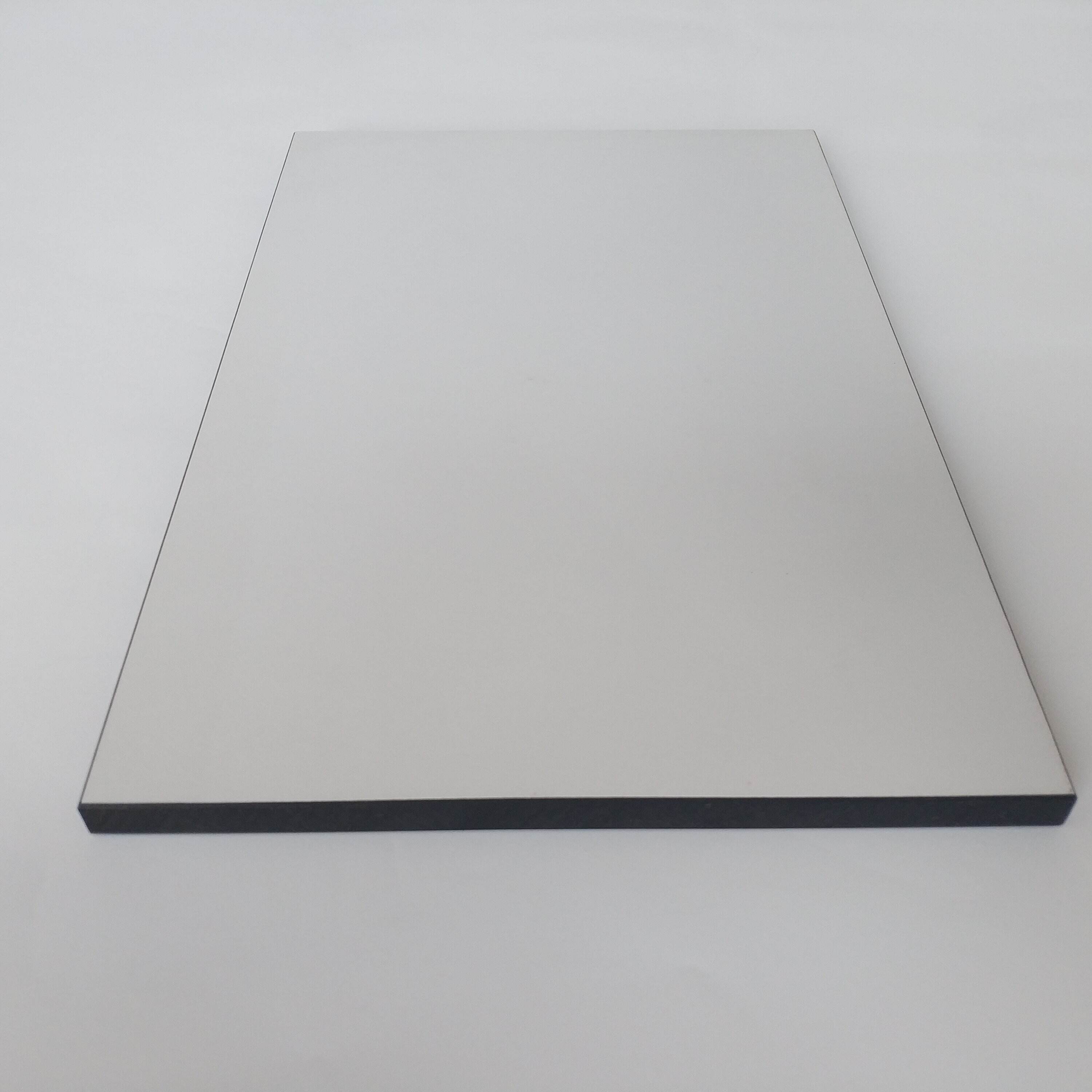The Evolution of High-Pressure Laminates in Modern Design
The architectural and interior design landscape has witnessed a remarkable transformation with the rise of HPL laminates. These versatile materials have revolutionized how we approach surface solutions, combining durability with aesthetic appeal. The innovations in HPL laminates have catapulted them from simple decorative surfaces to sophisticated design elements that meet the demanding requirements of contemporary spaces.
Modern HPL laminates represent the perfect fusion of form and function, offering designers and architects unprecedented creative freedom while maintaining exceptional performance standards. As we delve deeper into the innovations driving their popularity, we'll discover how these materials have become indispensable in both residential and commercial applications.
Advanced Manufacturing Technologies
Digital Printing Breakthroughs
The integration of advanced digital printing technology has transformed the manufacturing of HPL laminates. High-resolution imaging capabilities now allow for the creation of incredibly realistic wood grains, stone textures, and custom patterns that were previously impossible to achieve. These printing innovations have eliminated the limitations of traditional production methods, enabling manufacturers to replicate natural materials with astounding accuracy.
Furthermore, digital printing technology has introduced unprecedented customization options. Designers can now create bespoke HPL laminates featuring unique patterns, corporate branding, or artistic designs. This level of personalization has opened new possibilities for commercial spaces, hospitality venues, and residential projects seeking distinctive aesthetic solutions.
Enhanced Surface Technologies
Recent developments in surface treatment technologies have significantly improved the performance characteristics of HPL laminates. Anti-fingerprint coatings, self-healing properties, and advanced scratch-resistant surfaces are now standard features in premium collections. These innovations have addressed common maintenance concerns while extending the lifetime of laminated surfaces.
The introduction of nanotechnology in surface treatments has also enhanced the antimicrobial properties of HPL laminates, making them increasingly popular in healthcare facilities, educational institutions, and other high-traffic environments where hygiene is paramount.
Sustainable Manufacturing Processes
Eco-Friendly Production Methods
Environmental consciousness has driven significant innovations in HPL laminates manufacturing. The industry has embraced sustainable production practices, including the use of recycled materials and water-based resins. These eco-friendly alternatives maintain the superior quality of HPL laminates while reducing their environmental impact.
Manufacturers have also implemented closed-loop production systems, minimizing waste and maximizing resource efficiency. The adoption of renewable energy sources in production facilities further demonstrates the industry's commitment to sustainability, appealing to environmentally conscious consumers and projects seeking green building certifications.
Renewable Material Integration
Innovation in material science has enabled the incorporation of renewable resources in HPL laminates. Manufacturers are now utilizing rapidly renewable wood species and agricultural byproducts as raw materials. This shift not only supports environmental sustainability but also introduces unique aesthetic qualities to the final products.
The development of bio-based resins has been another breakthrough, reducing dependency on petroleum-based products while maintaining the exceptional durability and performance characteristics that HPL laminates are known for.
Design and Aesthetic Innovations
Texture and Finish Advancements
The latest innovations in surface texturing have created HPL laminates with unprecedented tactile qualities. Synchronized embossing techniques perfectly align surface texture with printed patterns, creating ultra-realistic wood and stone reproductions. These advanced texturing capabilities have eliminated the artificial appearance often associated with traditional laminates.
New finish options, including super-matte, high-gloss, and metallic effects, have expanded the design possibilities of HPL laminates. These finishes not only enhance aesthetic appeal but also offer practical benefits such as improved durability and easier maintenance.
Color and Pattern Innovation
The development of new pigments and color technologies has revolutionized the aesthetic potential of HPL laminates. Manufacturers now offer an extensive range of colors, including deep saturated hues and subtle neutrals that maintain their vibrancy over time. Color-through technology ensures consistent appearance even at edges and corners.
Pattern innovation has also evolved significantly, with designers creating contemporary interpretations of classic materials and entirely new abstract designs. These modern patterns cater to changing design trends while maintaining the practical benefits of HPL laminates.
Performance Enhancements
Durability Improvements
Recent innovations have significantly enhanced the durability of HPL laminates. Advanced wear-resistant overlays provide superior protection against abrasion, impact, and chemical exposure. These improvements have expanded the application possibilities of HPL laminates in high-stress environments.
The development of specialized grades for exterior applications has been particularly noteworthy. UV-resistant formulations and weather-proof constructions have made HPL laminates suitable for outdoor installations, facades, and architectural cladding.
Functional Innovations
The integration of smart technologies has introduced new functional capabilities to HPL laminates. Developments include surfaces with enhanced thermal properties, improved acoustic performance, and even interactive features. These innovations address specific application requirements while maintaining the material's core benefits.
Fire-resistant formulations have also seen significant advancement, meeting increasingly stringent safety regulations without compromising on design flexibility or ease of installation.
Frequently Asked Questions
How long do modern HPL laminates typically last?
Modern HPL laminates, with proper care and maintenance, can last 15-20 years or more in interior applications. The latest innovations in surface protection and core material composition have significantly extended their lifespan compared to earlier generations.
Are HPL laminates environmentally friendly?
Today's HPL laminates are increasingly environmentally friendly, featuring recycled content, sustainable raw materials, and eco-friendly manufacturing processes. Many products are certified by recognized environmental standards and contribute to green building certifications.
Can HPL laminates be used in outdoor applications?
Yes, specially formulated exterior-grade HPL laminates are designed for outdoor use. These products feature enhanced UV resistance, weather protection, and color stability, making them suitable for facades, balconies, and other exterior applications.


